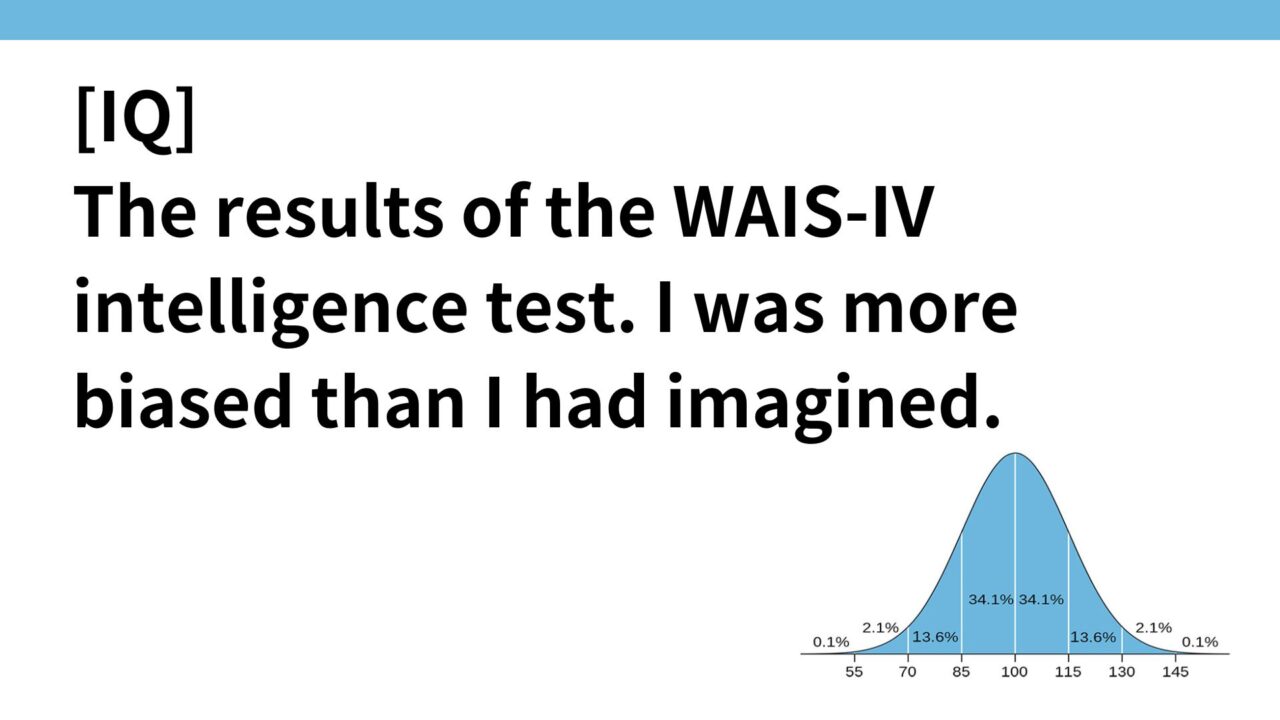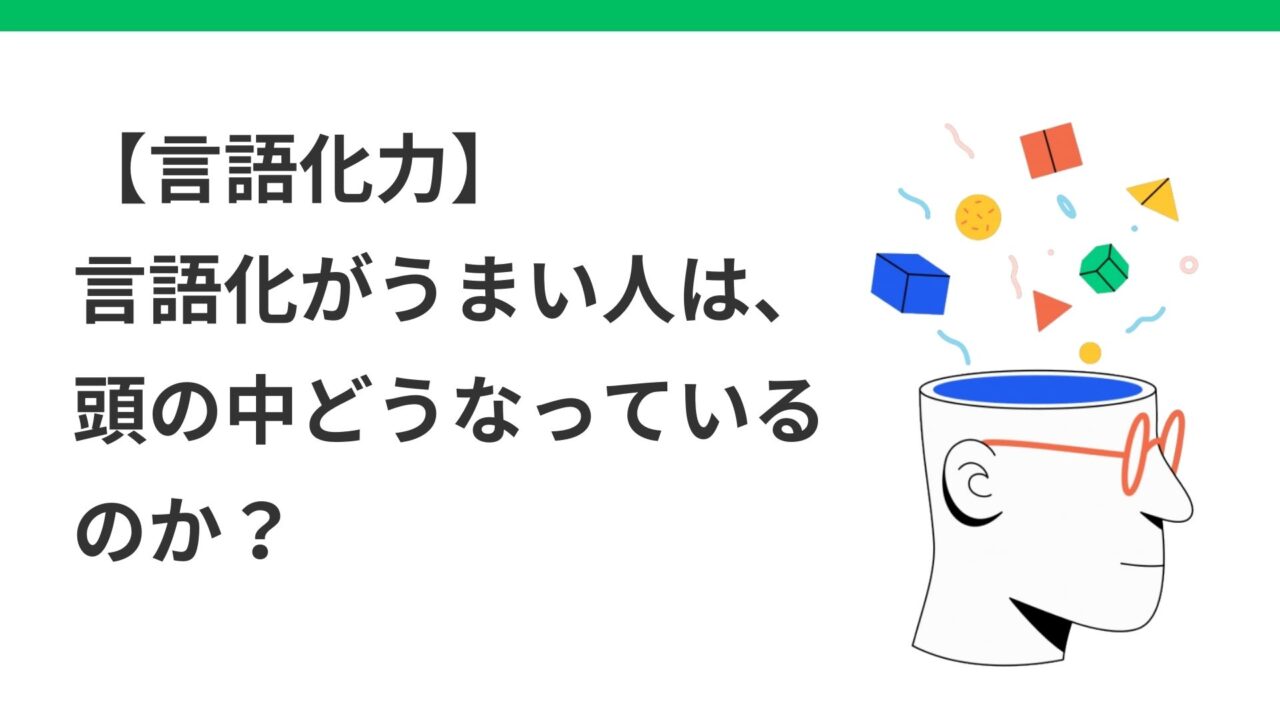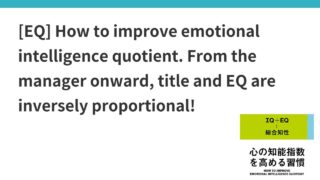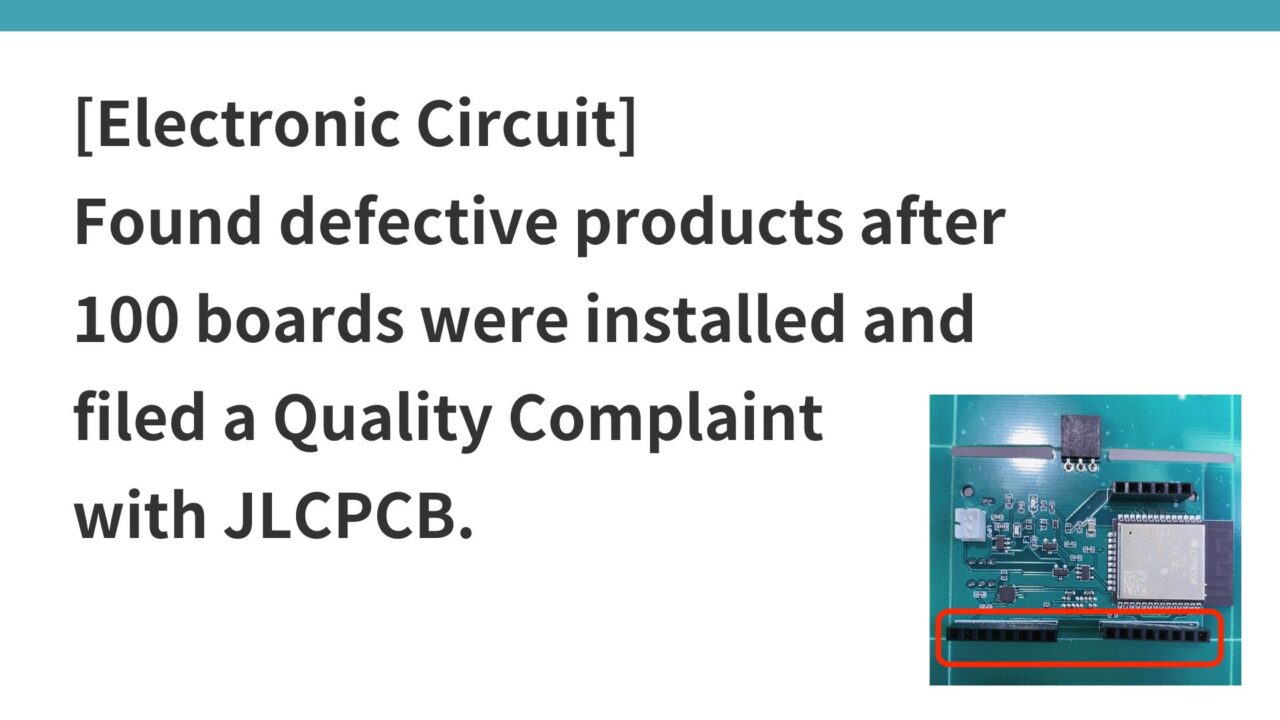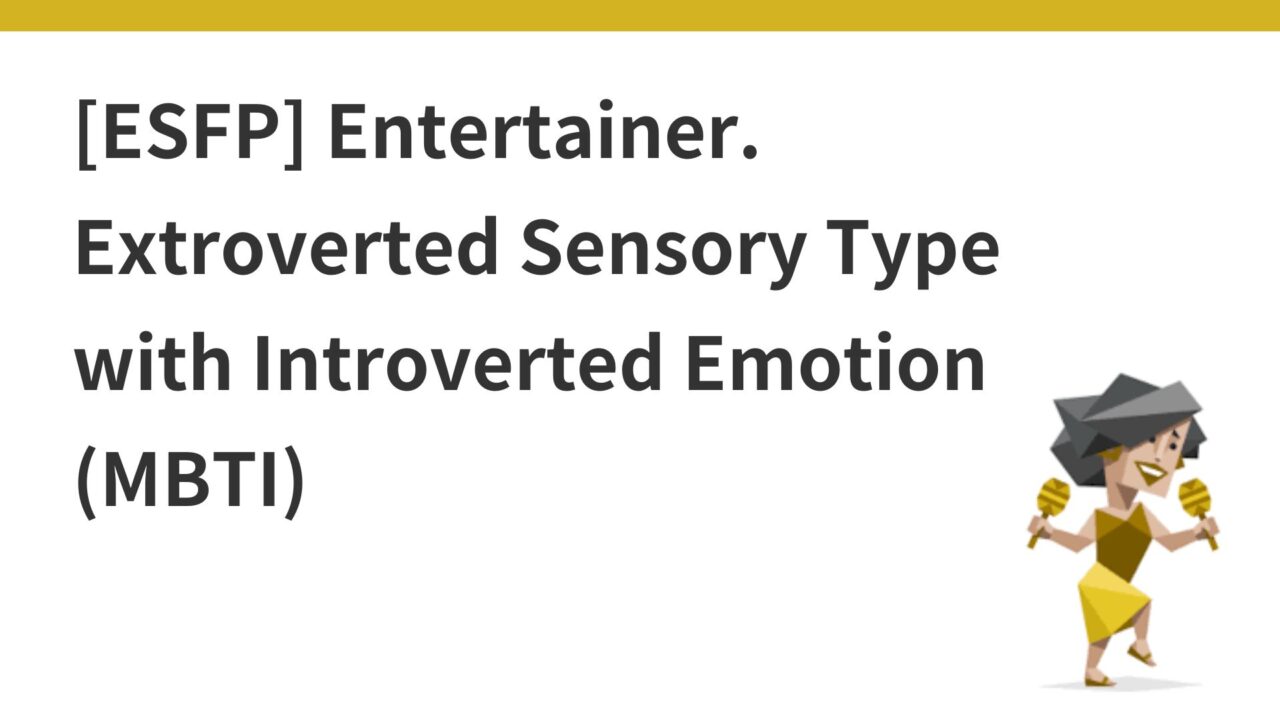Introduction.
By chance, I became interested in IQ testing, so I took the WAIS-IV intelligence test about a month ago.
I would like to describe the tests performed on the WAIS-IV, the calculation of scores and interpretation of results for each item, and my results.
By the way, the WAIS-IV test only requires a clinical psychologist, and I was able to apply online and take the test a couple of days later.
Nine subtests and assessments performed on the WAIS-IV
The WAIS-IV consists of the following nine subtests, each assessing a different aspect of intelligence.
Verbal Comprehension Index (VCI)
- Vocabulary: Measures language comprehension. Evaluates the ability to explain the meaning of words.
- Similarities: measures concept formation and abstract reasoning skills; assesses the ability to explain what two things have in common.
- Comprehension: Measures social knowledge, practical knowledge, and general knowledge. It asks for answers to questions.
Perceptual Reasoning Index (PRI)
- Block Design: Measures spatial cognition, visual and compositional skills. Evaluates the ability to reproduce specified patterns with building blocks.
- Matrix Reasoning (Matrix Reasoning): Measures non-verbal reasoning ability and visual information processing. Assesses ability to complete incomplete patterns.
- Puzzles (Visual Puzzles): Measures visuospatial cognition and analytical thinking. Assesses the ability to select missing parts of a figure.
Working Memory Index (WMI)
- Arithmetic: Measures number manipulation skills, short-term memory, and concentration. Evaluates ability to answer verbal calculation questions.
- Digit Span (Digit Span): Measures short-term memory and working memory. Assesses the ability to recite numbers in sequence or in reverse order.
Processing Speed Index (PSI)
- Coding: Measures processing speed and visuomotor coordination. Evaluates the ability to convert a given symbol into the corresponding number.
- Symbol Search: Measures processing speed and visual scanning ability. Evaluates the ability to find a specific symbol.
Incidentally, here is a book that details the historical evolution of intelligence testing and intelligence theory, with more detail on IQ testing.
Intelligence is what intelligence tests measure. Whether intelligence tests measure intelligence correctly, of course, they measure only part of intelligence. Still, without intelligence tests, we cannot study intelligence because there is no objective measure.
What is IQ really all about? Norihiro Murakami
The test is 1:1 with a clinical psychologist, and you will solve the above subtests in order for about 2 hours. You may take bathroom breaks as needed, and drinking water is allowed along the way.
I was quite tired, as I have not recently taken a test that required two hours of concentration.
He said, “I’ll tell you the results in about a month, but either online or in person is fine.” So I requested a 30-minute explanation online.
How to give numerical values for each item in the results
All inspection IQs are the sum of the evaluation scores
The following is not for the WAIS, but for the WISC-4 for ages 5-16, but the calculation method is the same.
First, the elementary scores are converted into evaluation scores based on a conversion table corresponding to the age of the examinee. In other words, at the time of the evaluation score, an age correction is performed to evaluate the relative position of the examinee within the same age group.
The evaluation score is a natural number from 1-19, where the coarse points are transformed so that the mean is 10 and the standard deviation is 3.
The sum of the rating scores of the four indicators is the total test IQ. In other words, the total test IQ is not the average of the composite scores of the four indicators (verbal comprehension, perceptual reasoning, working memory, and processing speed); it is calculated from the “sum of the rating scores” of the four indicators.

Composite scores are calculated from the total evaluation score based on the age-specific conversion table
Find the sum of the evaluation scores for each subtest
- Total Verbal Comprehension Index (VCI) = 12 (words) + 13 (similarity) + 14 (comprehension) = 39
Based on this total score, the standard score for VCI is calculated using an age-specific conversion table.
- For example, if the total score of 39 corresponds to a standard score of 120 on the VCI: VCI = 120
Verbal comprehension and perceptual reasoning account for a large portion of overall IQ
As can be seen in the previous table, the VCI and PRI scores make up a larger percentage of the overall IQ than the others.
- Verbal Comprehension Index (VCI) and Perceptual Reasoning Index (PRI): There are three subtests for each index, which have a significant impact on the overall score.
- Working Memory Index (WMI) and Processing Speed Index (PSI): There are two subtests for each index, which have a relatively small impact on the overall score.
How to see and use the results of each item
Low Verbal Comprehension Index (VCI)
Difficulty in understanding verbal instructions and explanations, indicating difficulty in verbal communication. Effective countermeasures include passing instructions by memo and using diagrams and illustrations. Developing a reading habit, increasing vocabulary, participating in debates, etc.
Low Perceptual Reasoning Index (PRI)
Indicates difficulty in understanding diagrams and maps and keeping things in perspective. Asking them to explain things in words, listing the purpose and process of an activity, etc. are effective. Challenge them with puzzles and logic games, and provide visual-cognitive training.
Low working memory index (WMI)
Difficulty in the ability to process information while holding it temporarily, indicating difficulty in maintaining attention and processing auditory information. Taking notes, utilizing recordings, and using electronic devices can help. memory games, programming and data analysis.
When processing speed index (PSI) is low
Indicates difficulty in processing visual information quickly and completing tasks in time. Adjusting work time, taking frequent breaks, and breaking up tasks is a good idea. Learn time management techniques and utilize software tools.
If there is a difference between indicator scores
It is important to consider ways to use strengths to compensate for weaknesses. For example, if PRI is high and VCI is low, a diagram or illustration will make it easier to understand.
What are my WAIS-IV results?
My results were as follows.

There was more bias and relatively lower language comprehension than I had imagined.
From the clinical psychologist in charge,
Because of their high working memory, even information about their surroundings that they do not want to know comes into their minds as short-term memory on their own, and they are also good at processing information on the fly because of their high processing speed. They have a strong ability to capture and retain information in their immediate awareness and manipulate that information within seconds. Because of their high level of perceptual reasoning, they are good at relating information they see with their eyes and at logical thinking.
On the other hand, their relatively low verbal comprehension suggests that they are not good at long-term memory when it comes to re-expressing learned information in words. The hypothesis is that the process of processing and converting information into a meaningful form is not sufficient. This does not mean that they have forgotten the information itself, but rather that they may have difficulty retrieving and expressing the information effectively on a regular basis.
Fortunately, language comprehension is a crystalline intelligence, so it can be trained and should be trained in the future. It is probably due to the fact that we have not been aware of the long-term accumulation of incoming information and its conversion into experience, so it is a good idea to make ourselves aware of this with time to reflect.
He advised us to do so.
I have not been good at Japanese since I was a child, and I failed badly in Japanese in the center examinations, but I feel that this is a direct result of that.
Personally, I don’t feel that I am not communicating my thoughts well when I verbalize them in my work, but that may be a self-important and difficult-to-understand explanation from the listener’s point of view.
I felt that we need to continue to read, blog, and otherwise output our thoughts in words.
Since my language understanding is low, I will also try to “explain using diagrams and illustrations” when it is difficult to convey the message in words.
I once read a book called “A Strategy Book for the Second Half of Life,” and I have a latent fear, which has been chilling in a corner of my mind for a long time, that after my 40s, my fluid intelligence will decline and I need to switch my strategy so that I can compete with my crystalline intelligence.
In addition, the results of this IQ test showed that the portion corresponding to language comprehension (crystalline intelligence) was low, which made me think that I need to work on the language comprehension portion very consciously.

IQ is important, but when you actually go out into the world and work, you will most likely be working with others. This is different from studying alone to pass an exam. So it’s not only IQ but also EQ (maybe EQ is more important).
